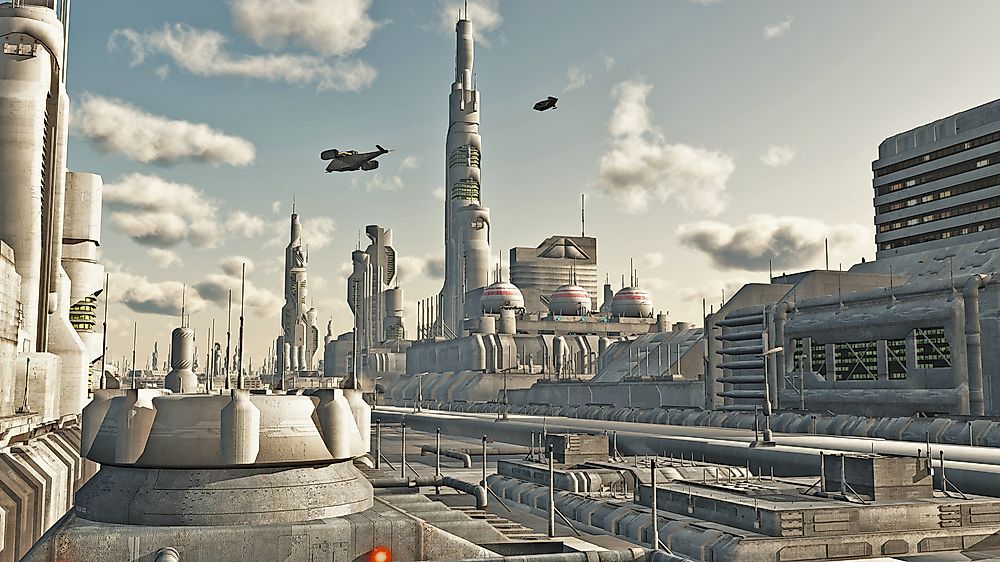Futurama - the Car City Envisioned by General Motors

Norman Bel Geddes designed the Futurama ride at the 1939 New York World’s Fair as a model of the possible future city with automated highways and elaborate suburbs. It illustrated America as a place with interconnected highways on every possible terrain to allow for free movement of people and goods within America as a prerequisite for growth and prosperity. When designing the project, Bel had a vision of easing traffic congestion within the world where automotive growth was on the rise. To achieve the goal of relieving congestion the project had roads with larger capacities, isolation of traffic moving in different directions, segregation of traffic with some roads set aside for pedestrians and traffic control. The model was received with enthusiasm by the public and became a basis for the foundation of expressways in America.
Features Of Futurama
Futurama attempted to predict how the world would look like in 20 years regarding transportation and roadways. The large scale model represented various terrains of America, illustrating the layout of motorway systems over mountains, rivers, lakes, across cities and towns. The design was laid on 1-acre land on the former ash dump of the New York burough of Queens. The animated model had more than 500,000 buildings, about 50,000 cars and a fourteen-lane multi-speed interstate highway on which 14,000 of the vehicles traveled. Tourists enjoyed the 18-minute ride into the future on a conveyor system that supported 552 seated persons per trip. The conveyor moved at a speed of 1.3 miles per hour giving viewers sufficient time to enjoy the view of the model. The conveyor was elevated to allow a view of the scaled model of cities, towns, highways systems, and artificial trees within a glass model.
Reception Of Futurama
General Motors was impressed by the futuristic approach by Bel Geddes. Believing it would appeal to a broad audience, the company agreed to fund the project for the 1939 Fair. Futurama was received with positivity and enthusiasm from all people of all walks in the US for presenting hope for the future in a country recovering from the Great Depression.
Legacy Of Futurama
Futurama is recognized as one of the most significant prophetic models that came to be realized. The modern highways and road systems built in America resemble the Futurama model, with wide multi-lane roads that can accommodate several cars at the same time
traveling at high speeds. Futurama presented a unique presentation that gave hope to the American people who yearned for prosperity after the devastation of the Great Depression. The Futurama model is remarkable in its appeal towards the welfare of the entire society by seeking to solve real problems that affected every person instead of focusing on the products of a particular company- a trend that was common in most World Fairs of the time.











